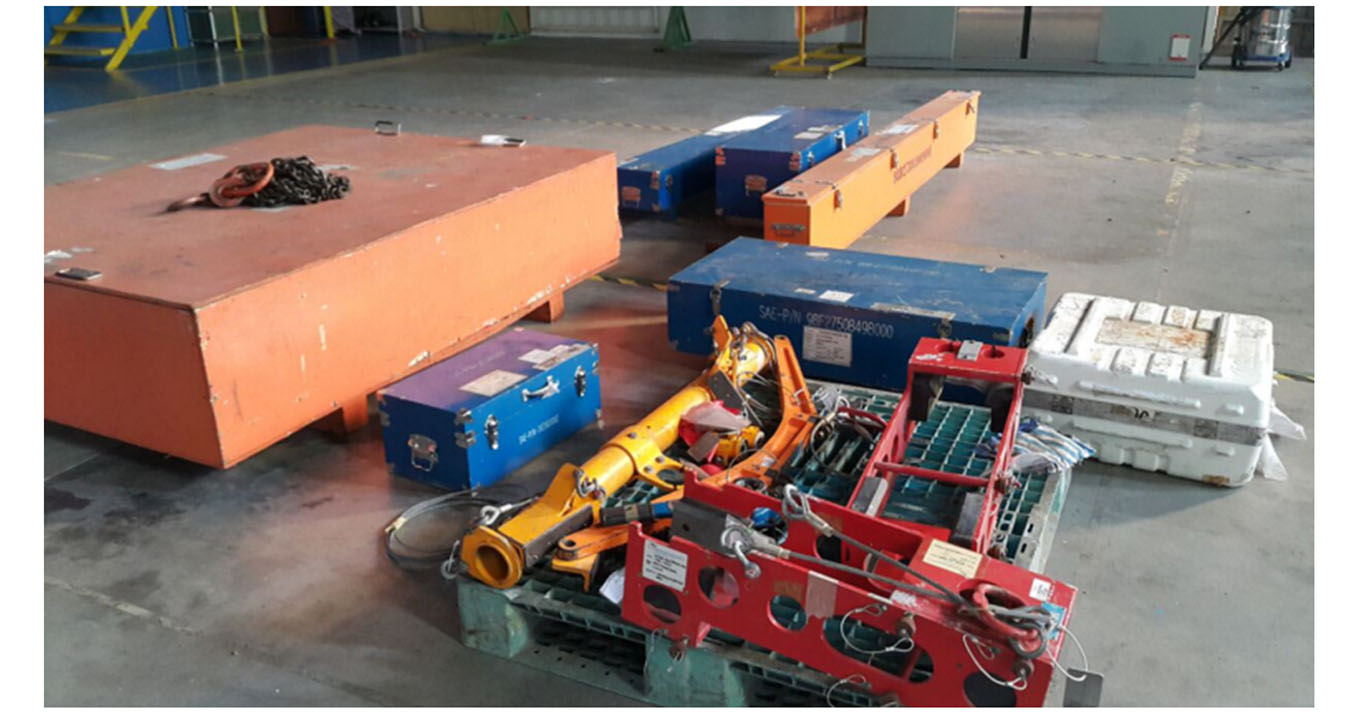NDT (Non-Destructive Testing) refers to a group of inspection procedures that enable inspectors to acquire data about a material without causing it to be damaged.
Non-Destructive Testing (NDT) is an abbreviation for Non-Destructive Testing. It refers to a set of inspection techniques that enable inspectors to analyse and gather data about a material, system, or component without permanently affecting it.
NDT is also known as:
- NDE is(non-destructive examination or evaluation)
- NDI is (non-destructive inspection)
In the area, non-destructive testing (NDT) is sometimes used as an umbrella word to refer to non-destructive inspection methods, inspection instruments, or even the whole field of non-destructive inspections.
The purpose of NDT in commercial applications is to guarantee that vital infrastructure is adequately maintained in order to avoid catastrophic incidents.
While NDT technologies are often associated with industrial applications, such as detecting weak areas in an oil refinery boiler, medical applications are among the most popular. A pregnant woman having an ultrasound to check on her baby’s health, for example, would be an NDT use case, as would getting an X-ray or MRI to learn more about an injury.
However, it is crucial to highlight that NDT does not always necessitate the use of specialised instruments, or even any tools at all.
For example, when inspectors in industrial settings examine the outside of a pressure vessel with their naked eyes, they are doing NDT since they are gathering data on the state of the boiler without causing damage to it. NDT, on the other hand, refers to the use of a sophisticated tool, such as an ultrasonic sensor, to seek for faults in a specific material or asset.
Whatever the exact use case, the underlying commonality throughout all of these cases is the collecting of data in an unobtrusive manner.
WHY SHOULD YOU USE NDT?
Here are the top reasons why NDT is employed by so many businesses throughout the world:
- Savings. The most apparent response to this issue is that nondestructive testing (NDT) is more desirable than destructive testing because it allows the material or item being inspected to survive the inspection unscathed, saving money and resources.
- Safety. NDT is especially intriguing since, with the exception of radiographic testing, practically all NDT procedures are non-hazardous to humans.
- Efficiency. NDT methods provide a complete and relatively rapid examination of assets, which can be critical for assuring project site safety and performance.
- Accuracy. NDT techniques have been demonstrated to be accurate and predictable, which are both desirable attributes in maintenance processes designed to assure worker safety and equipment durability.
For more information about NDT Service Malaysia, please visit https://www.innopeak.com/







